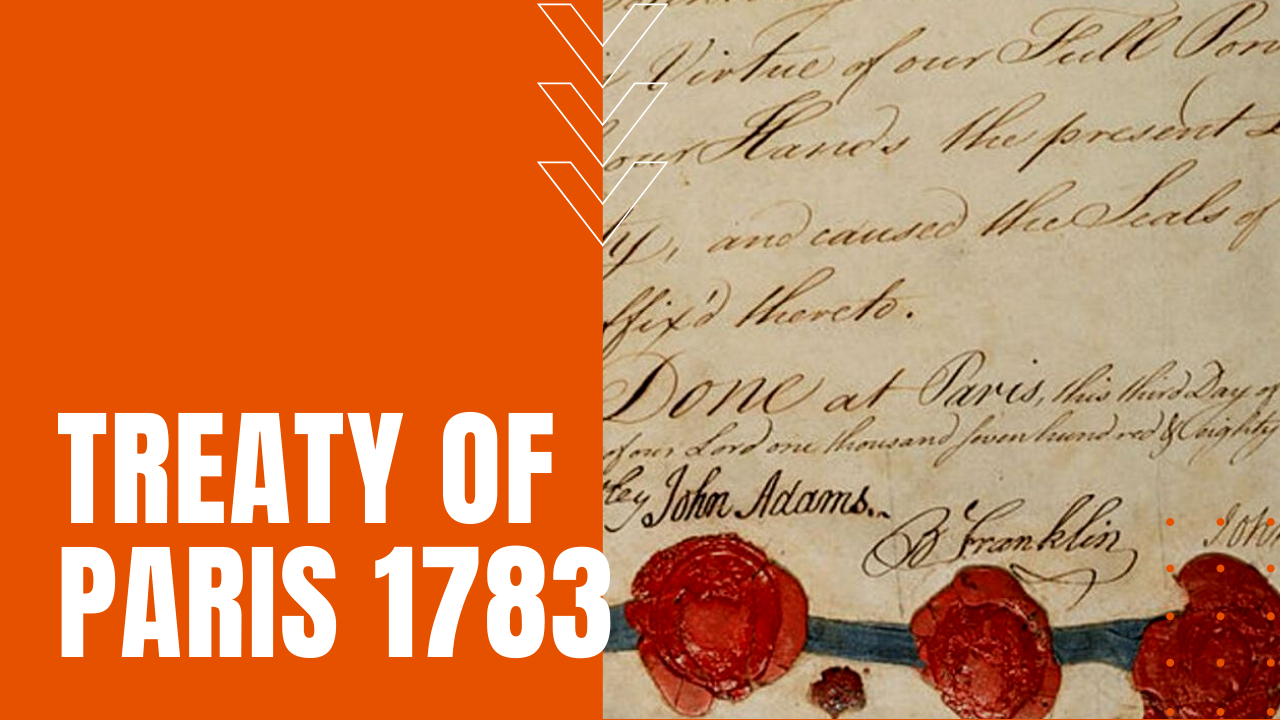Treaty of Paris 1783

In the fall of 1781, the last major battle of the Revolutionary War was fought in Yorktown, Virginia, pitting a combined American and French army led by George Washington and French General Comte de Rochambeau against British General Charles Cornwallis.
During the final battle—known as the Siege of Yorktown—the Americans and the French captured Cornwallis and roughly 9,000 British soldiers, bringing hostilities to an end after eight long years of war. In response, the Continental Congress sent John Adams, Ben Franklin and John Jay to Paris to negotiate a peace settlement, which began in the spring of 1782 and continued into the fall.
What Was the Treaty of Paris?
While the British wanted an end to the high cost of war with the colonies, negotiations stalled when at first England refused to recognize American independence from Great Britain. That is until the newly-elected British Prime Minister Lord Shelburne saw American independence as an opportunity to cobble together a lucrative trade alliance with the new nation, without the heavy administrative and military costs of running and defending the colonies.
As a result, terms favored the United States by the time the treaty was signed by the American delegation at the Hotel d’York on September 3rd, 1783, followed by its ratification by the Continental Congress on January 14th, 1784. Among the key points of the Treaty of Paris was recognition by Britain of a fully independent United States of America, while ceding the Northwest Territory to the fledgling nation, which would eventually become the states of Ohio, Indiana, Illinois, Michigan and Wisconsin.
The treaty also secured fishing rights for American boats off the Grand Banks and other waters previously denied American fishermen off the coast of British Canada, while opening up the Mississippi River for use by both nations. The treaty further resolved issues of American debts owed to British creditors, while providing for the promise of fair treatment for Americans who had remained loyal to the Crown over the course of the Revolutionary War.
